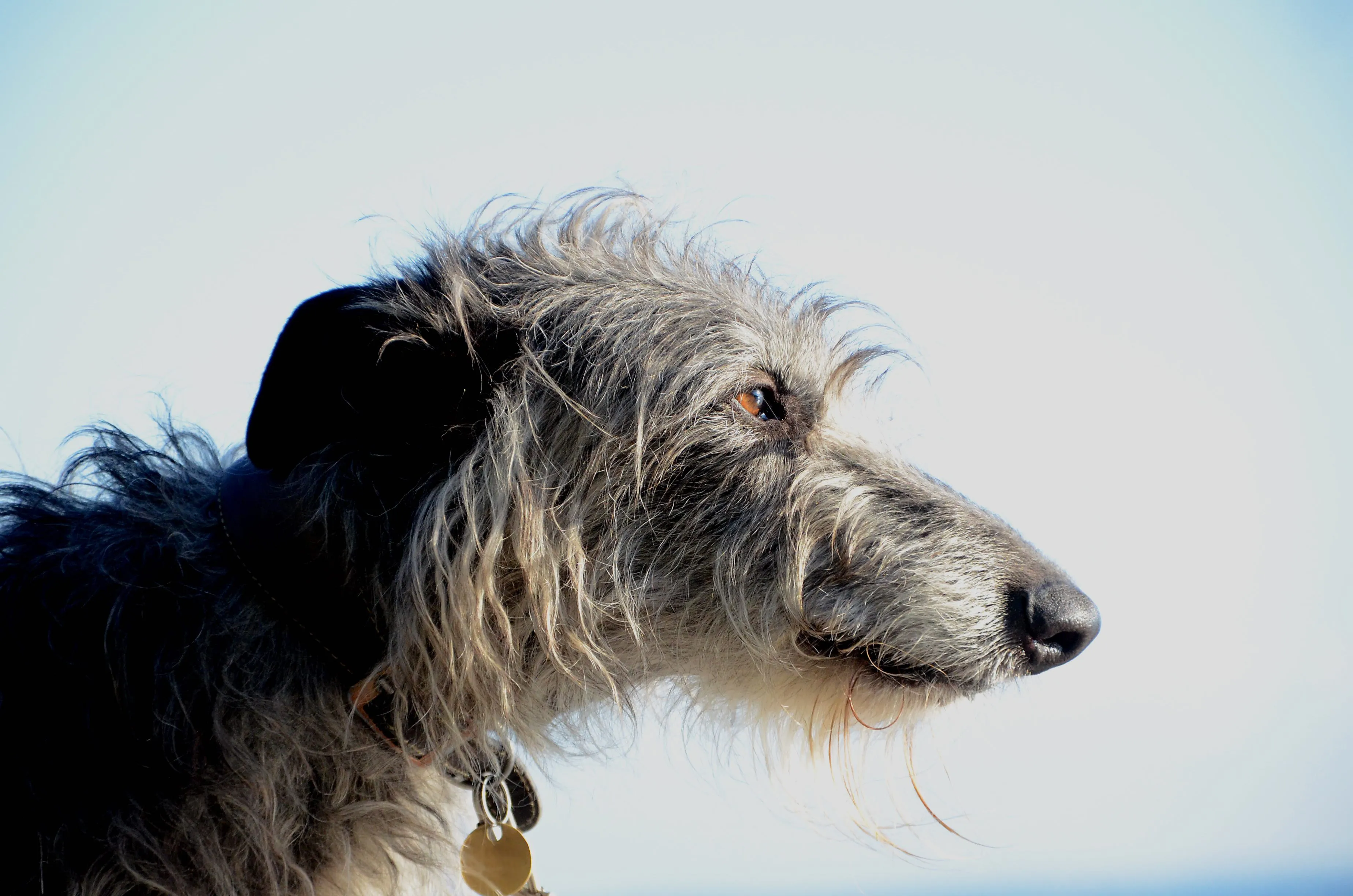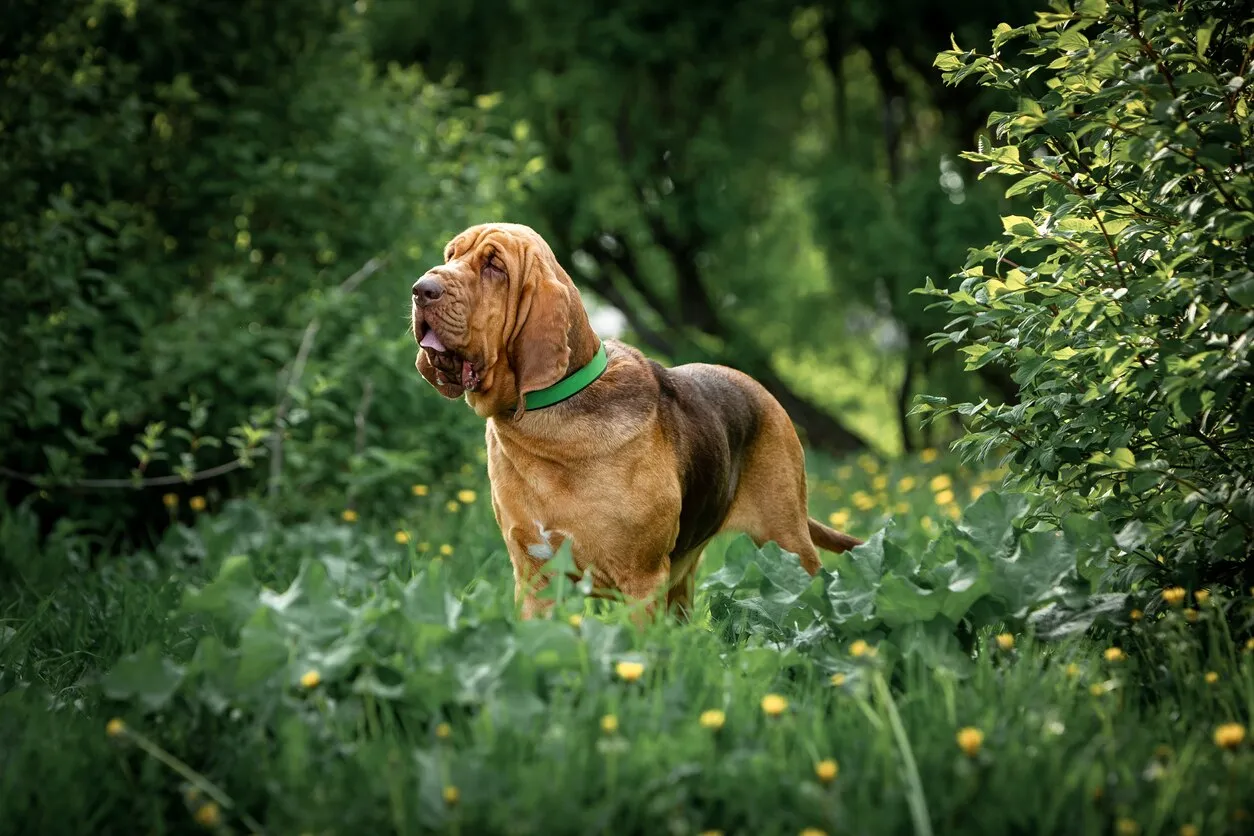There’s something truly special about welcoming a biggest dog breed into your home—their majestic presence and loyal companionship can bring immense joy. However, owning one of the biggest dog breeds requires careful planning, from space needs to health management. If you’re considering a giant canine like a Great Dane or Mastiff, this guide covers key considerations and profiles the largest dog breeds to help you decide.
Large dogs start as puppies but grow rapidly, often reaching full size within 18-24 months. Families must prepare for their expanding needs, ensuring ample living space and supervising interactions with children to prevent accidental knocks.
Caring for the Biggest Dog Breeds
Before adopting one of the biggest dog breeds, pet owners should evaluate several factors to ensure a happy, healthy life for their giant companion.
Size Considerations
Giant breeds like Irish Wolfhounds quickly outgrow puppy phases, demanding significant indoor and outdoor space. Young children require extra caution, as these dogs can unintentionally topple toddlers despite their gentle natures. Always prioritize breeds suited to your home size.
Budget Requirements
Feeding biggest dog breeds costs more due to higher caloric needs—expect larger portions of premium kibble. Vet bills scale with weight too, from medications to check-ups, making annual expenses notably higher than for dog breeds names with pictures in India.
Common Health Issues
These massive canines face breed-specific risks, including bloat (gastric dilatation-volvulus or GDV), hip dysplasia, wobbler syndrome, and hypothyroidism. Large dogs often have shorter lifespans, averaging 7-10 years versus 12+ for smaller ones. Regular vet screenings from organizations like the American Kennel Club (AKC) are vital for early detection.
Training Essentials
Socialization and obedience training must begin in puppyhood when handling is easier. Positive reinforcement methods build good habits before they hit 100+ pounds. A 140-pound dog jumping can be unsafe, unlike a smaller breed.
Top Biggest Dog Breeds to Consider
Explore these impressive giants, each with unique traits, care tips, and stunning visuals.
1. Irish Wolfhound
Often the tallest among biggest dog breeds, Irish Wolfhounds stand over 30 inches at the shoulder and weigh 105-120 pounds. Bred for hunting, they now thrive as calm family pets but remain prone to hip dysplasia and GDV, with lifespans of 6-8 years.
2. Great Dane
Weighing 110-175 pounds and reaching 28-32 inches, Great Danes embody grandeur. Originating in Germany as hunters and guards, these quiet giants need space for exercise and have average lifespans of 7-10 years.
3. Bernese Mountain Dog
These Swiss farm dogs tip 70-115 pounds and 23-27.5 inches tall. Affectionate and outdoor-loving, they excel on hikes but require early leash and recall training to manage their strength.
4. Saint Bernard
Famed rescue dogs, Saint Bernards weigh 120-180 pounds and stand 26-30 inches. Loyal with kids and low prey drive, they love digging—supervise outdoors.
5. Mastiff
Among the heaviest at 120-230 pounds and over 27.5 inches, English Mastiffs are low-energy homebodies. Early socialization curbs wariness of strangers. For visuals, see dog breed name and price in India.
6. Neapolitan Mastiff
Italian cousins weigh 110-150 pounds and 24-31 inches. Wrinkly and drooly, they need grooming wipes for folds and regular walks despite couch-potato tendencies.
7. Newfoundland
These water-loving giants (100-150 pounds, 26-28 inches) were bred for fishing tasks. Sweet-tempered “Newfies” adore swimming followed by naps.
8. Scottish Deerhound
Resembling rough-coated Greyhounds at 75-110 pounds and 28-32 inches, they’re easygoing with 7-9 year lifespans, watching for hypothyroidism.
 close-up portrait of a scottish deerhound head
close-up portrait of a scottish deerhound head
9. Leonberger
Muscular workers (90-170 pounds, 25.5-31.5 inches) sport lion-like manes in males. Affectionate yet prone to joint and heart issues, they live about 7 years.
10. Anatolian Shepherd
Guardians weighing 80-150 pounds and 27-32 inches, they’re independent barkers needing puppy socialization.
11. Black Russian Terrier
Powerful at 80-130 pounds and 26-30 inches, these loyal protectors are gentle with kids post-socialization.
12. Bullmastiff
Crossbred guardians (100-130 pounds, 24-27 inches) are laidback but watch for hip dysplasia. Check show me a picture of a bull mastiff dog for breed visuals.
13. Dogue de Bordeaux
French Mastiffs over 99 pounds and 23-27 inches drool heavily—use towels and wipes for wrinkle care.
14. Cane Corso
Loyal Italian workers (90-110 pounds, 23.5-27.5 inches) need supervision around kids due to size.
15. Great Pyrenees
Livestock guardians (85+ pounds, 25-32 inches) are strong runners thriving with training and family hikes.
16. Tibetan Mastiff
Thick-coated up to 150 pounds and 24-29 inches, they guard intelligently but overheat easily.
17. Bloodhound
Scent experts (80-110 pounds, 23-27 inches) need mental stimulation and gentle handling of ears around children.
 big bloodhound dog standing outside among plants
big bloodhound dog standing outside among plants
Final Thoughts on Biggest Dog Breeds
Embracing one of the biggest dog breeds offers rewarding bonds but demands commitment to space, costs, health monitoring, and training. Consult vets for personalized advice and choose responsibly. Explore more breed insights like little dog breeds that don’t shed for comparisons, and share your giant dog stories below!
References:
- PetMD: Health conditions in giant breeds
- American Kennel Club (AKC): Breed standards and lifespans
- HANC: Newfoundland breed history
